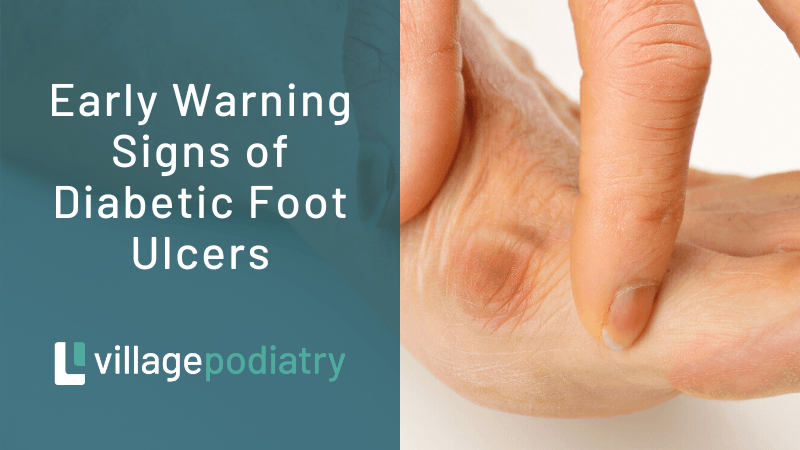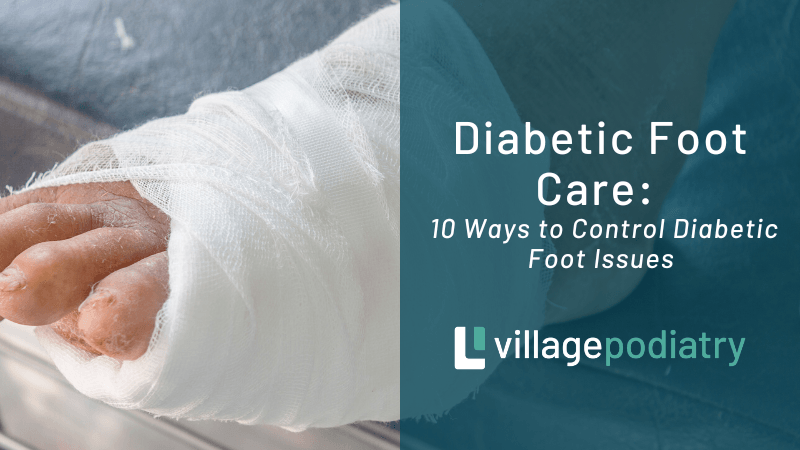Skin Cancer of the Feet: Symptoms, Causes, and Podiatry Treatments

Skin cancer is one of the most common types of cancer. According to the American Academy of Dermatology, more than 3.5 million skin cancers are diagnosed yearly in the United States. Skin cancer can grow anywhere on the body, but is widespread on the feet. Feet get a lot of sun exposure and are often not protected with sunscreen or clothing.
What are the Top Symptoms of Skin Cancer of the Feet?
Skin cancer on the feet can take many forms, and it is vital to be aware of the symptoms and seek treatment as soon as possible.
The most common symptom of skin cancer of the feet is a growth or lesion on the skin. This growth may be:
- A new growth that wasn’t there before
- A change in an existing mole
- A sore that doesn’t heal
- Change in the color or texture of the skin
Other symptoms of skin cancer can include:
- itching
- bleeding
- crusting
- Scaling
You must see a podiatrist for further evaluation if you have any of these symptoms.
What Causes Skin Cancer of the Feet?
Skin cancer develops when there is damage to the DNA of skin cells. Ultraviolet (UV) radiation from the sun or tanning beds causes this DNA damage. The more exposure to UV radiation, the greater the risk for skin cancer.
People who are most at risk for skin cancer of the feet are those who have:
- A history of sunburns
- Excessive sun exposure
- A family history of skin cancer
- Fair skin that burns easily
Unprotected sun exposure is the most preventable risk factor for all types of skin cancer, including skin cancer of the feet.
Podiatry Treatments for Skin Cancer of the Feet
If your podiatrist diagnoses you with skin cancer on your feet, the doctor will work with you to develop a treatment plan. Treatment options will depend on the type, size, and location of the skin cancer.
The most common treatments for skin cancer of the feet are:
- Excisional surgery: The skin cancer is cut out along with a margin of healthy tissue.
- Mohs surgery: Mohs surgery is a type of surgery that removes skin cancer one layer at a time. Mohs surgery allows the surgeon to see how deep the skin cancer goes and helps to preserve healthy tissue.
- Topical chemotherapy: A cream or ointment applied to the skin to kill cancer cells.
- Radiation therapy: High-energy beams are used to kill cancer cells.
These are just a few treatment options for skin cancer on the feet. Your podiatrist will work with you to develop a treatment plan that is best for you.
How Can I Prevent Skin Cancer of the Feet?
The best way to prevent skin cancer on the feet is to reduce your exposure to UV radiation.
- Wear sunscreen with an SPF of 30 or higher daily, even on cloudy days.
- Wear protective clothing, such as a hat, long-sleeved shirt, and pants when you are outside.
- Seek shade outdoors, especially between 10 am and 4 pm when the sun’s rays are the strongest.
- Avoid tanning beds and sunlamps. Avoiding tanning beds is easy with our knowledge of the harsh effects of tanning beds.
If you have any concerns about
skin cancer on your feet, make an appointment to see a podiatrist. Early detection is critical in the successful treatment of skin cancer.











